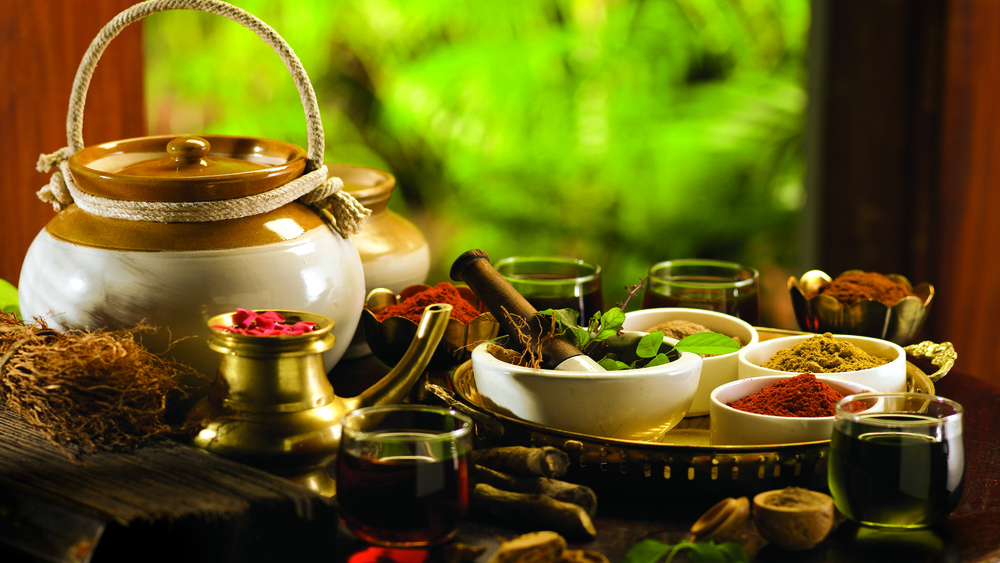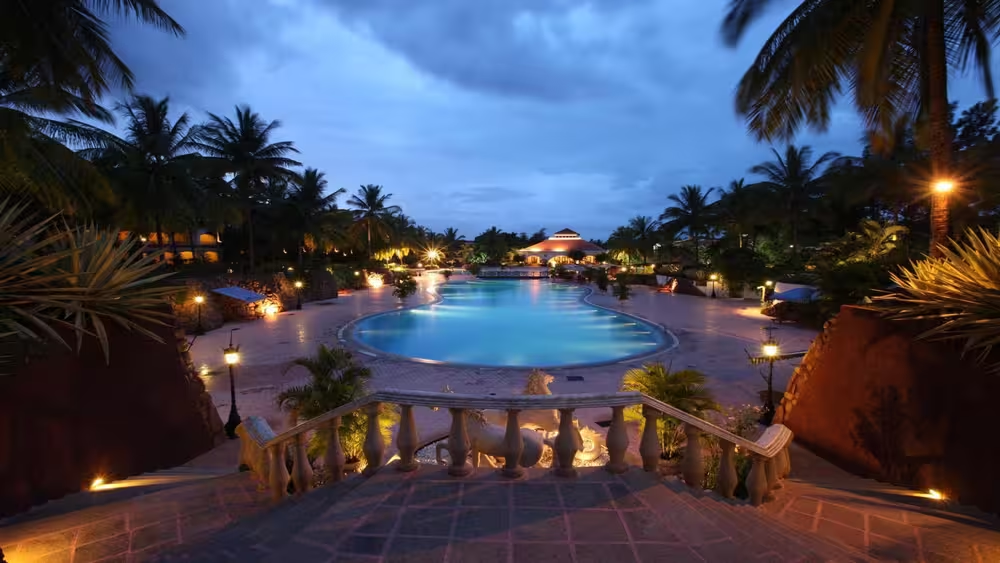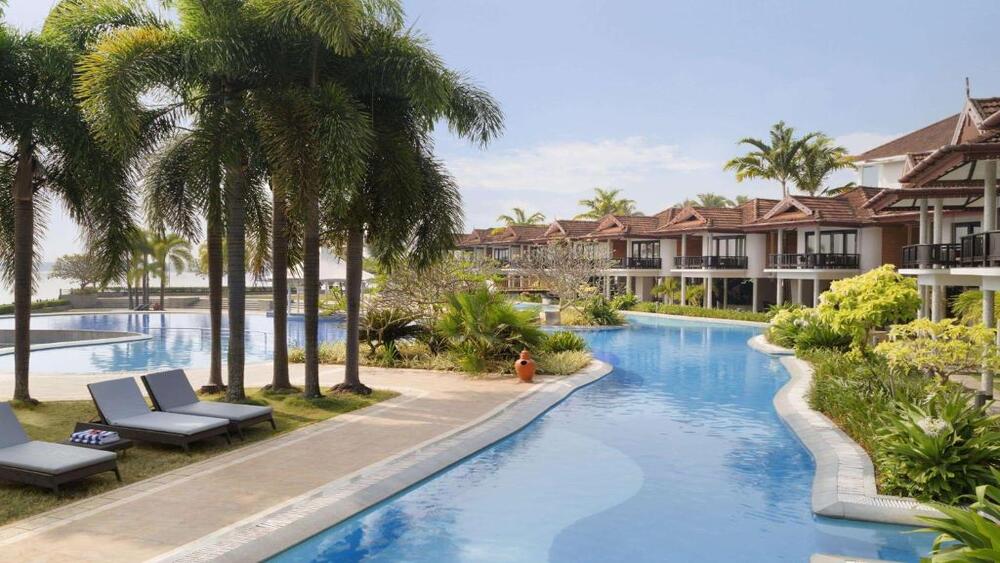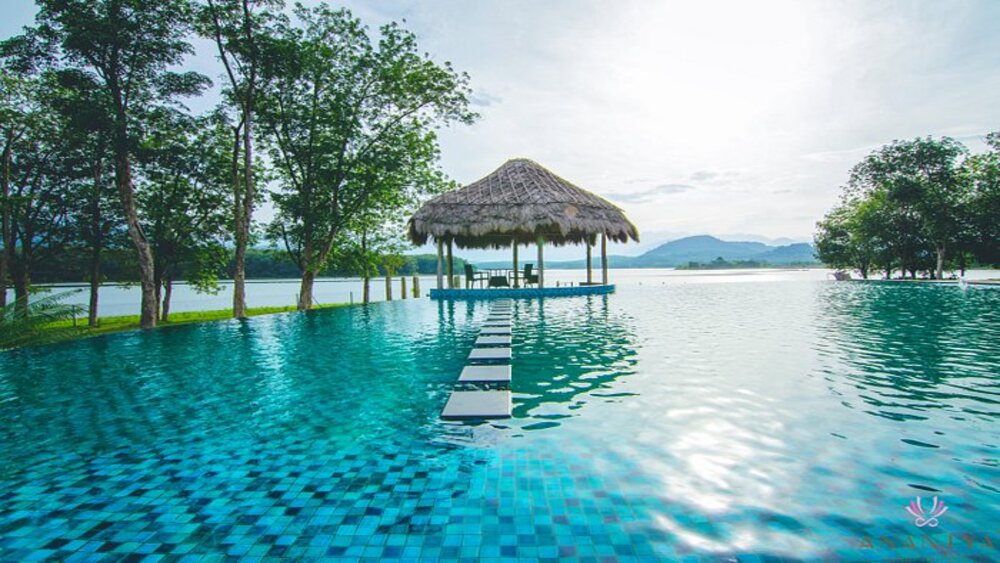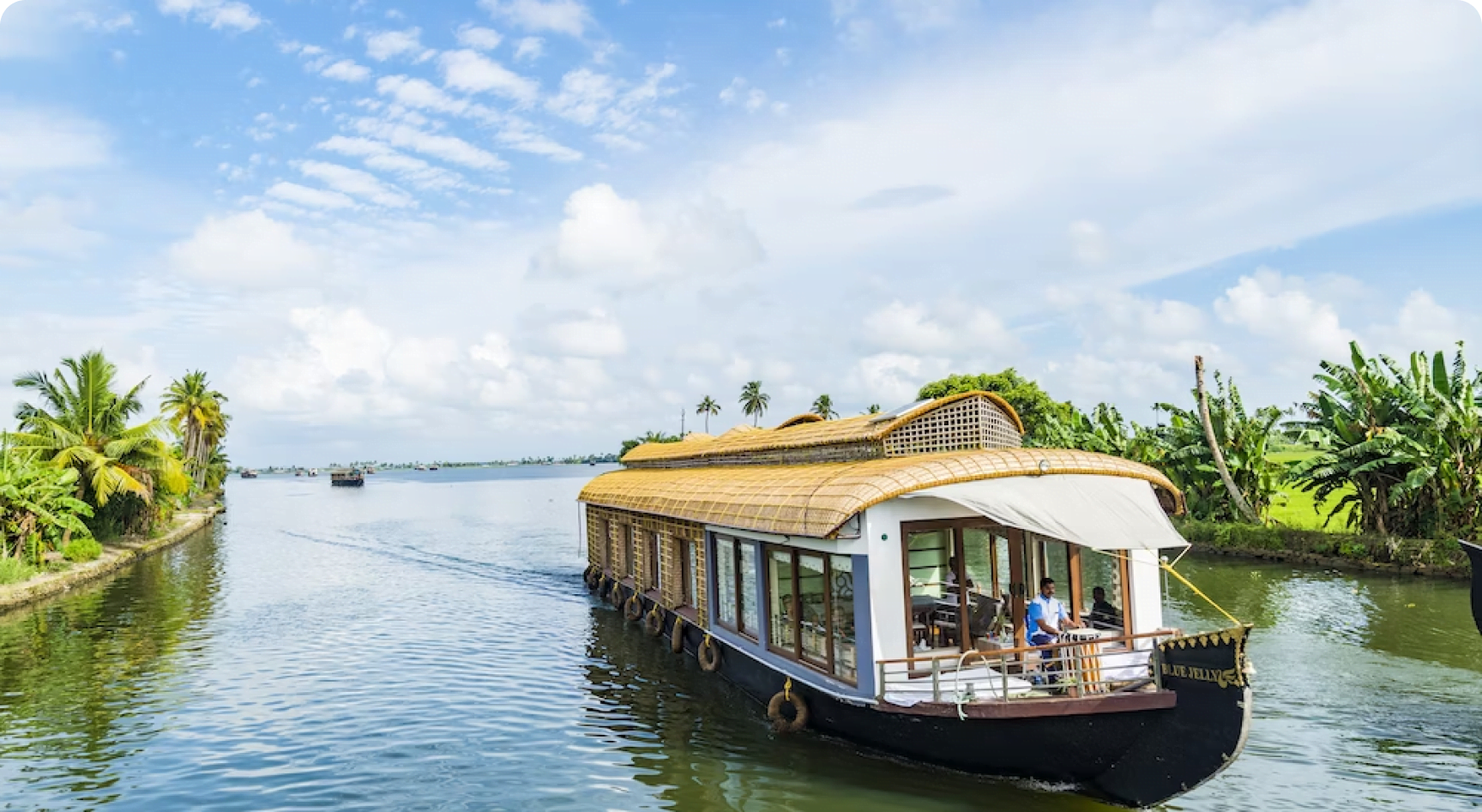

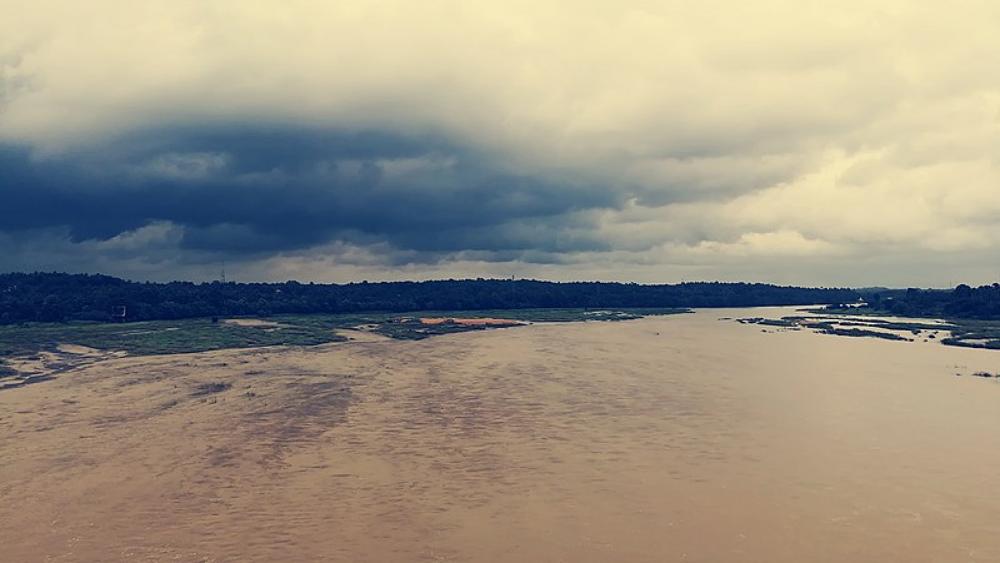
Nila river is full of stories (like that of Mamankam festival) that it carries along the routes. Nila or the Bharathappuzha has a key role to play in the North Kerala history, culture and heritage when it comes to the Venad and Malabar regions of Kerala.
Bharathappuzha, also known as the Nila River, has a course of 209 km, making it the second-longest river in Kerala, after the majestic Periyar River.
Bharathappuzha has its origin from the Anaimalai Hills in the Western Ghats in Tamilnadu and along its course is known by various names like the Perar, Ponnani Puzha, Walayar Puzha etc. The river finally discharges into the Arabian Sea at Ponnani.

Bharathappuzha and the Railway Bridge across the river
Nila river has three chief tributaries adding life to the stream. The mainstream of Bharathappuzha flows into the land of Kerala from the arid plains of Coimbatore through Palakkad.
Bharathappuzha is often referred to as a lifeline with regard to the connectivity it provides between the harbours on the West Coast and the hinterlands in Tamilnadu.
There are various references to the unique strategic importance of the river stated in Volume I of the ‘Malabar Manual’ by William Logan. The River is referred to as “Perar” in ancient scripts and documents. There is much reference to the Mamankam festival as well.
The Cheras had their ancient capital in Karur, a place near to the present day Trichy. The trade commerce in the Chera Kingdom in this part flourished by the River which emerged as a highway of communication and trade from Karur to the harbour town of Muciri or the Muziris. Muziris has been located at the present-day Kodungallur in Kerala. Muziris Port was one of the major trade ports in the Ancient Maritime World together with the port of Tyndis at Ponnani.
Bharathapuzha is also known by the name of “Nila”. The word “Nila” indicates the culture more than just a river. Nila has groomed the culture and life of south Malabar part of Kerala.
Nila can be regarded as the lifeline of Kerala’s cultural map due to the various events and significant timelines that can be related to the River. One of the iconic element of Kerala’s Art and Culture is the Kerala Kalamandalam. Kalamandalam in Cheruthuruthy is a major centre for learning Indian performing arts like Kathakali, Koodiyattam and Ottamthullal. Kalamandalam is situated on the banks of Bharathapuzha adding to the beauty of the centre. Kerala Kalamandalam is one of the key cultural centre and top tourist attractions of Kerala.

Kerala Kalamandalam on the banks of Nila River
Legend says that those cremated on the banks of the Bharathappuzha achieve salvation. It is also one of the important places in the state where the sons pay homage to their late fathers by conducting a Pithru Tharpanam ritual on the Karkidaka Vavu day. Thirunavaya temple is an important pilgrim centre for Hindus. It is significantly connected with Kerala history of Mamankam Festival.

Temple in Thirunnavaya
Bharathappuzha has captured the imagination of countless artists who grew up in the regions near it. The river has been the creative muse for many writers right from Thunchath Ezhuthachan, the father of Malayalam language, to the illustrious Malayalam writers of the present generation.
Another highlight along the course of the Nila River is the birthplace of famous Malayalam satire poet and founder of the Ottamthullal art form, Kunchan Nambiar. Kunchan Nambiar was born at the village of Killikkurissimangalam near Lakkidi, again on the banks of the Nila River. Other eminent personas in Malayalam Literature like M. T. Vasudevan Nair, M. Govindan, V. K. N., O. V. Vijayan and M. Sukumaran are the kids of the Bharathappuzha.
There are many folklores and myths related to Nila River, and the deities and temples along its banks. The banks of the Nila River have been witness to many a historical event including the Mamankam festival, which was celebrated once in 12 years during the reign of the Zamorins. Kerala history has documentation about the Mamankam Festival on the banks of Nila River.
The Hindu rituals to propitiate of departed souls by their near and dear have been carried out on the banks of Bharathappuzha for centuries. The temple of Thirunavaya, which has great significance in history as well as in the Hindu tradition, is situated on the banks of Nila River.
Read more about Kerala History at Tyndis Kerala Blogs.
